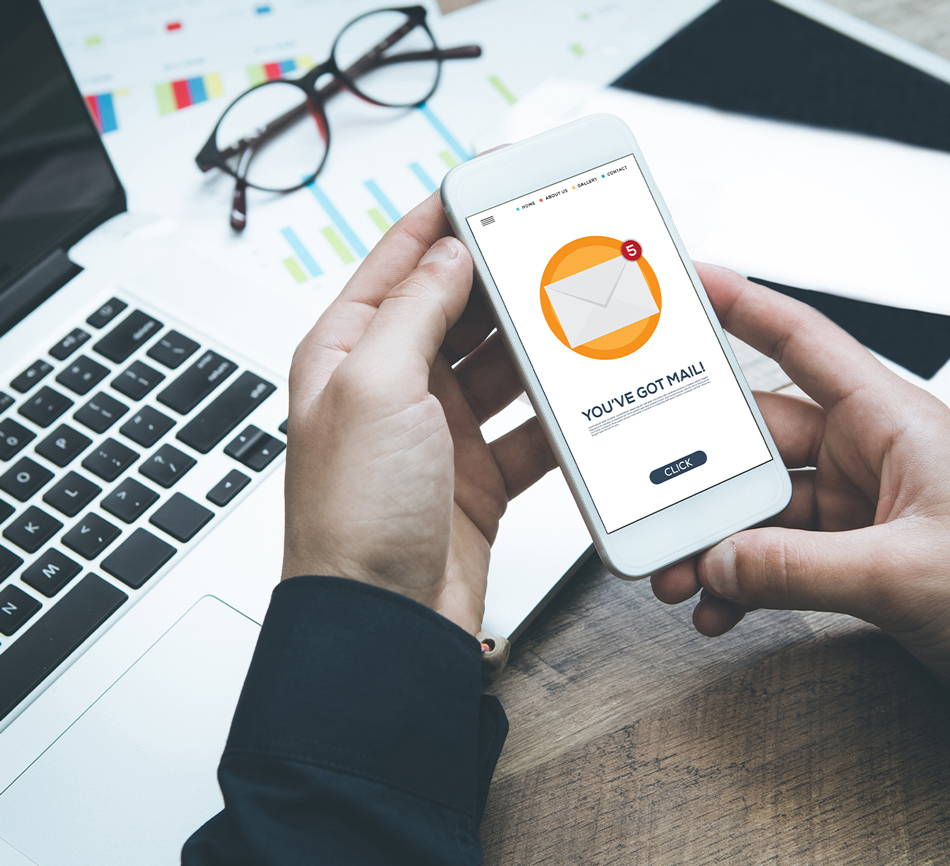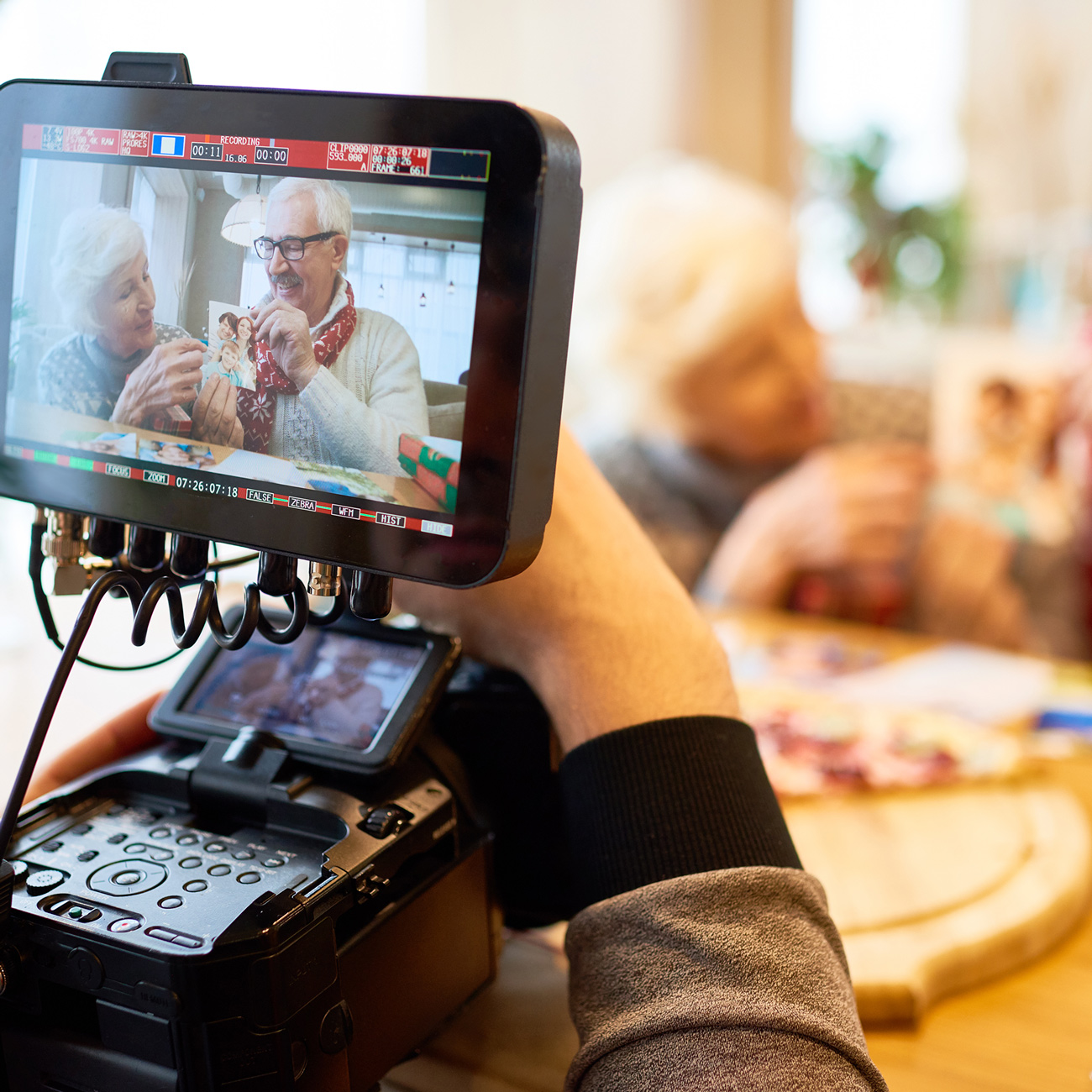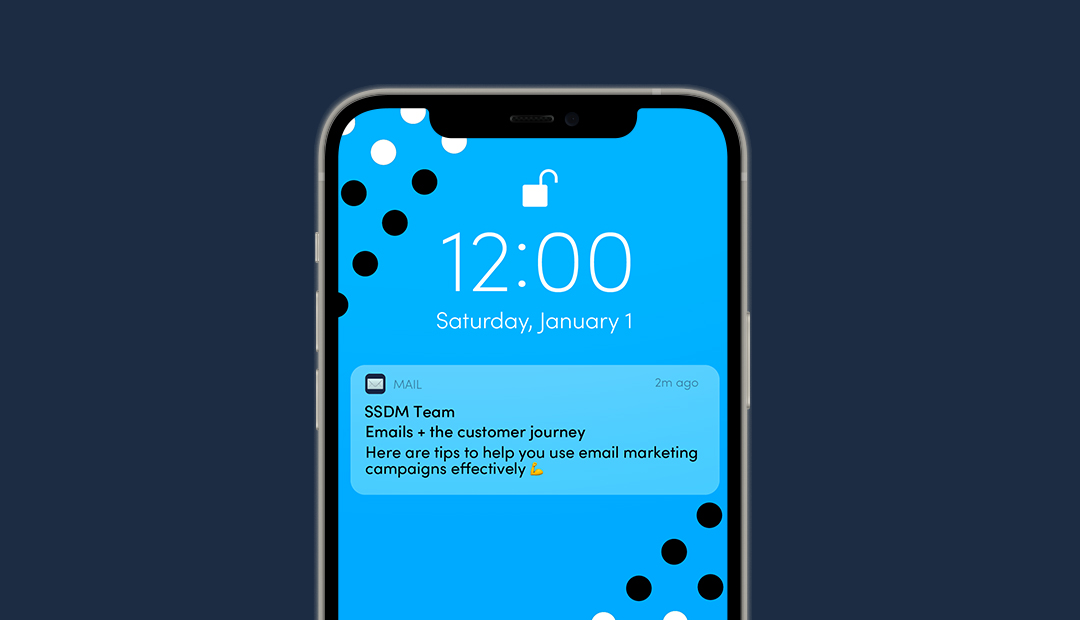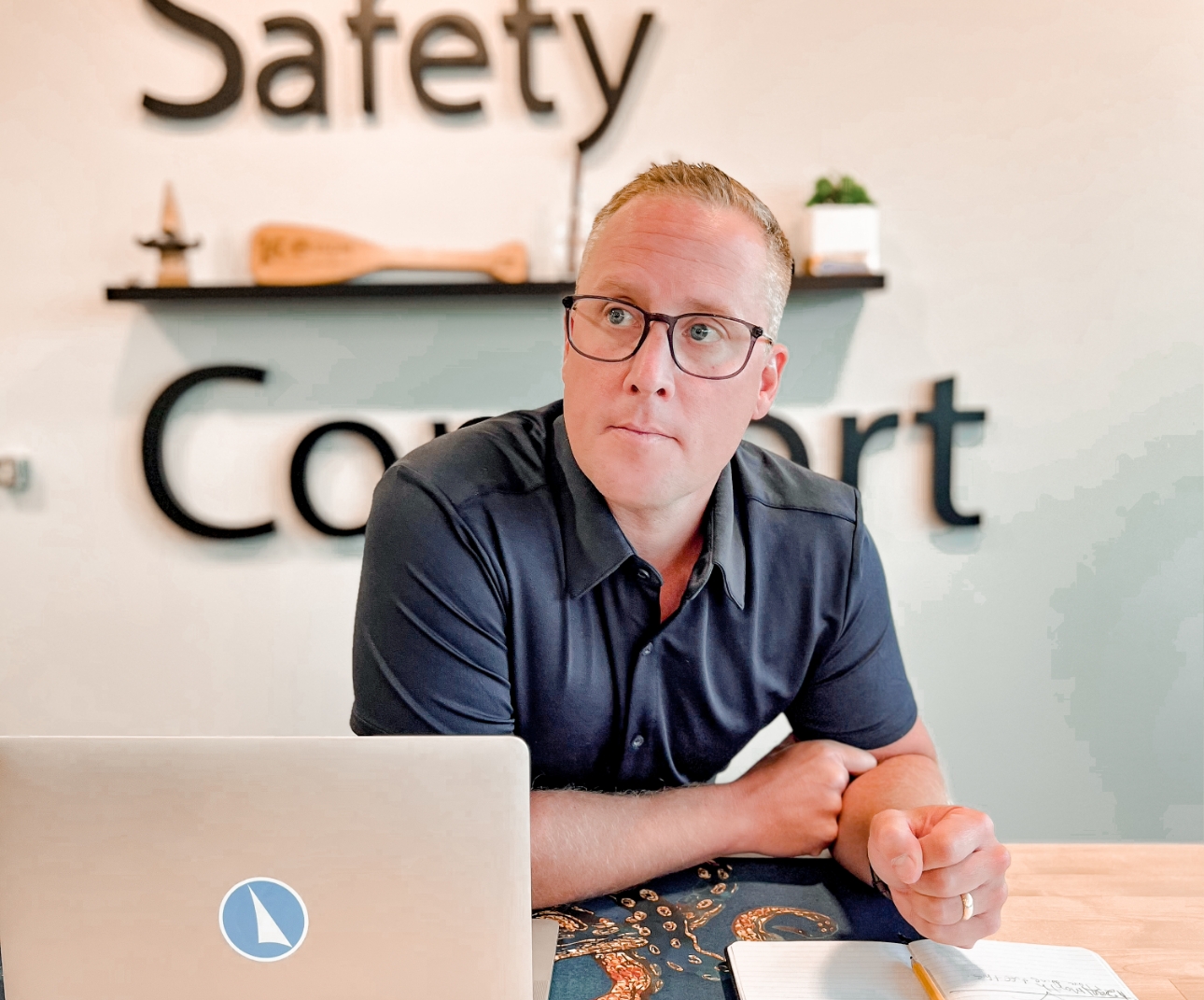In the B2B arena, decision-making often unfolds over months rather than days. The typical sales cycle can span anywhere from 3 to 12 months. Without consistent communication during this time, prospects may lose interest and turn to competitors. A robust email marketing strategy ensures that your brand remains top-of-mind, builds credibility, and guides prospects toward a confident conversion.
Mapping Your Email Journey
Rather than sending sporadic emails, a well-planned sequence can move prospects seamlessly from initial awareness to active engagement and ultimately, conversion. This strategic approach ensures that every message delivers the right content at the right moment.
The Initial Engagement Email
Objective:
Acknowledge the inquiry and introduce your company in a welcoming manner.
Key Elements:
- A warm, personalized greeting
- A brief introduction to your organization’s unique value proposition
- A clear next step (e.g., “Schedule a Consultation”)
Value-Driven Follow-Up Communications
Objective:
Address common challenges and provide insights that help build trust and credibility over time.
Content Ideas:
- “How to Identify the Right Business Solutions for Your Company”
- “The ROI of Investing in Modern Technology”
- “Overcoming Common Industry Challenges”
Sending these educational emails on a regular basis (for example, weekly over the first 4–6 weeks) positions your brand as a trusted advisor.
Building Credibility with Case Studies and Testimonials
Objective:
Showcase success stories that highlight real results achieved by your clients.
Content Ideas:
- “Discover How [Client Name] Transformed Their Operations”
- “Success Story: Boosting ROI with Our Innovative Solution”
These emails, sent during the mid-phase of your sequence, leverage social proof to reassure prospects of your company’s effectiveness.
Closing Emails That Drive Decisions
Objective:
Encourage prospects to take the final step toward conversion.
Content Ideas:
- “Limited Availability: Schedule Your Consultation Now”
- “Only a Few Slots Left – Secure Your Competitive Advantage Today”
By the final phase of your sequence, these decision-driving messages can help overcome hesitations and prompt action.
Crafting Personalized Connections
Personalization is key in email marketing. Emails with tailored subject lines and personalized greetings see significantly higher engagement rates.
Best Practices:
- Address recipients by their first name
- Segment your audience based on industry, company size, or buyer persona
- Customize content according to the recipient’s interests or previous interactions
The more personal and relevant each email feels, the better the engagement and conversion rates.
Creating Magnetic Subject Lines
Generic subject lines can drastically reduce open rates. To capture attention, craft headlines that resonate with the recipient’s pain points and aspirations.
Ineffective Examples:
- “Learn More About Our Company”
- “Schedule a Consultation Today”
Effective Examples:
- “Struggling with Inefficient Processes? Discover How We Can Help”
- “Uncover the Secret to Boosting Your ROI – Free Guide Inside”
- “Exclusive Offer: Book Your Consultation for a Complimentary Analysis”
A/B testing different subject lines will help pinpoint which messages best capture your audience’s attention.
Optimizing Your Email Cadence
Striking the right balance in email frequency is essential. Too many emails can overwhelm prospects, while too few can cause disengagement.
Suggested Schedule:
- First 2 Weeks: Email twice a week to maintain high engagement
- Weeks 3–6: Scale back to once a week
- After 6 Weeks: Email every two weeks to remain top-of-mind without causing fatigue
Leveraging behavior-based triggers, such as following up if a prospect clicks a link but does not schedule a consultation, can further enhance engagement.
Powerful Calls to Action That Convert
Every email should conclude with one clear, compelling call to action (CTA). Emails with a focused CTA tend to generate significantly higher conversion rates.
Tips for Effective CTAs:
- Use a single, unambiguous action prompt
- Incorporate visually distinct CTA buttons, which typically outperform text links
- Examples include: “Schedule a Consultation,” “Download Your Free B2B Guide,” or “Call Us for a Personalized Demo”
Streamlining Your Lead Nurturing Process
A comprehensive email marketing strategy combines welcoming introductions, value-driven content, social proof, and timely urgency. This blend not only nurtures leads but also steadily moves them closer to conversion.
By structuring your email campaigns to deliver the right message at each stage of the buyer’s journey, you can boost engagement, encourage more consultations, and ultimately convert inquiries into loyal customers.
Now is the time to optimize your email strategy and unlock the full potential of your B2B lead nurturing process.









